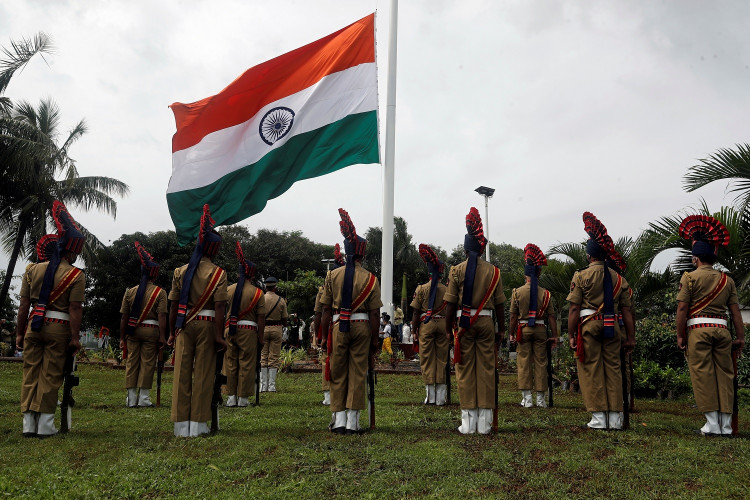The Indian Space Research Organization (ISRO) announced Thursday the completion of the Chandrayaan-2 orbiter's one year-mark on the moon, with the probe making 4,400 trips around the moon.
Since arriving in lunar orbit on Aug. 20, 2019, Chandrayaan-2 has been keeping itself busy. One of its very first tasks is to deploy the first lander led by India, called Vikram. Unfortunately, it failed to touch down safely. But ISRO said that failure is a lesson learned for its upcoming missions. The orbiter, meanwhile, has continued its work.
"The spacecraft is healthy and performance of subsystems are normal," ISRO said in a statement. "There is adequate onboard fuel to remain operational for about seven years."
Chandrayaan-2 has mapped nearly 1.5 million square miles of land after a year of operations, according to ISRO. One area of research was the Balmer-Kapteyn basin region, which encompasses a lunar soil deposit, or regolith, on top of an older basaltic surface. This zone shows the events that happen after the meteorites crash into the surface of the moon; nearby areas have a strong crater network of impact that caused the fresher dust shower.
India's space probe regularly collects high-definition imagery and scientific data about the surface of the moon, which helps interpret geological features - as well as identify future landing spots for anyone designing a mission to the moon. NASA plans to land astronauts to the moon in 2024, and other organizations are also exploring crewed and robotic moon-landing projects in the coming years.
The Chandrayaan-2 orbital radars continue to collect measurements of lunar water ice at the poles - a potential tool for future missions. According to the release, the mission officials are working with archival data collected by LRO and Chandrayaan-1 to better understand where and in what shape water ice can be found on the moon.
Several of the other investigations that the spacecraft carried out include detecting argon-40 signatures and mapping the mineralogy of certain moon regions, such as Mare Tranquillitatis, an area which includes the first human moon landing site where Apollo 11 successfully landed in 1969.
Also indirectly, Chandrayaan-2 tracks solar activity, supplying scientists with additional observations seeking to find out how the space weather impacts Earth. For example, on May 29, when Chandrayaan-2 captured secondary X-rays from fluorescence on the moon as the lunar surface reflected the solar activity, ISRO announced that its spacecraft caught the sun shooting out the second strongest flare of 2020 to date.
India committed in January to launch a successor mission to Chandrayaan-2, named Chandrayaan-3, although the timeline of that mission has not yet been verified. India's first Chandrayaan-1 moon mission was launched in October 2008 and concluded in August 2009.




